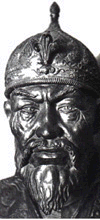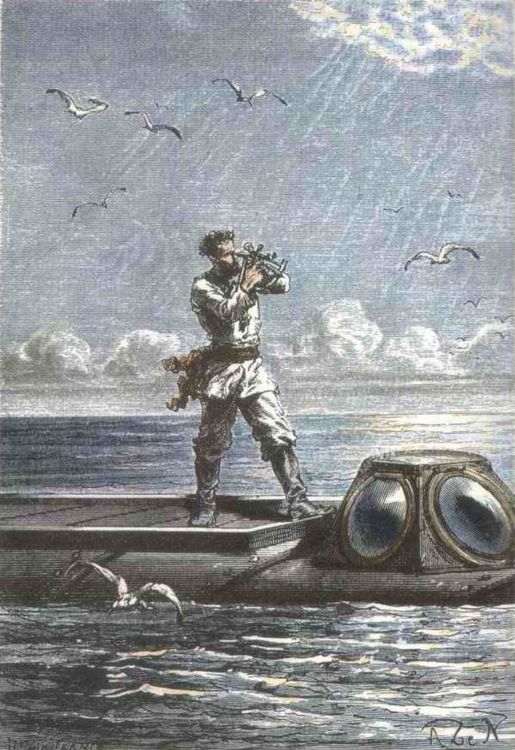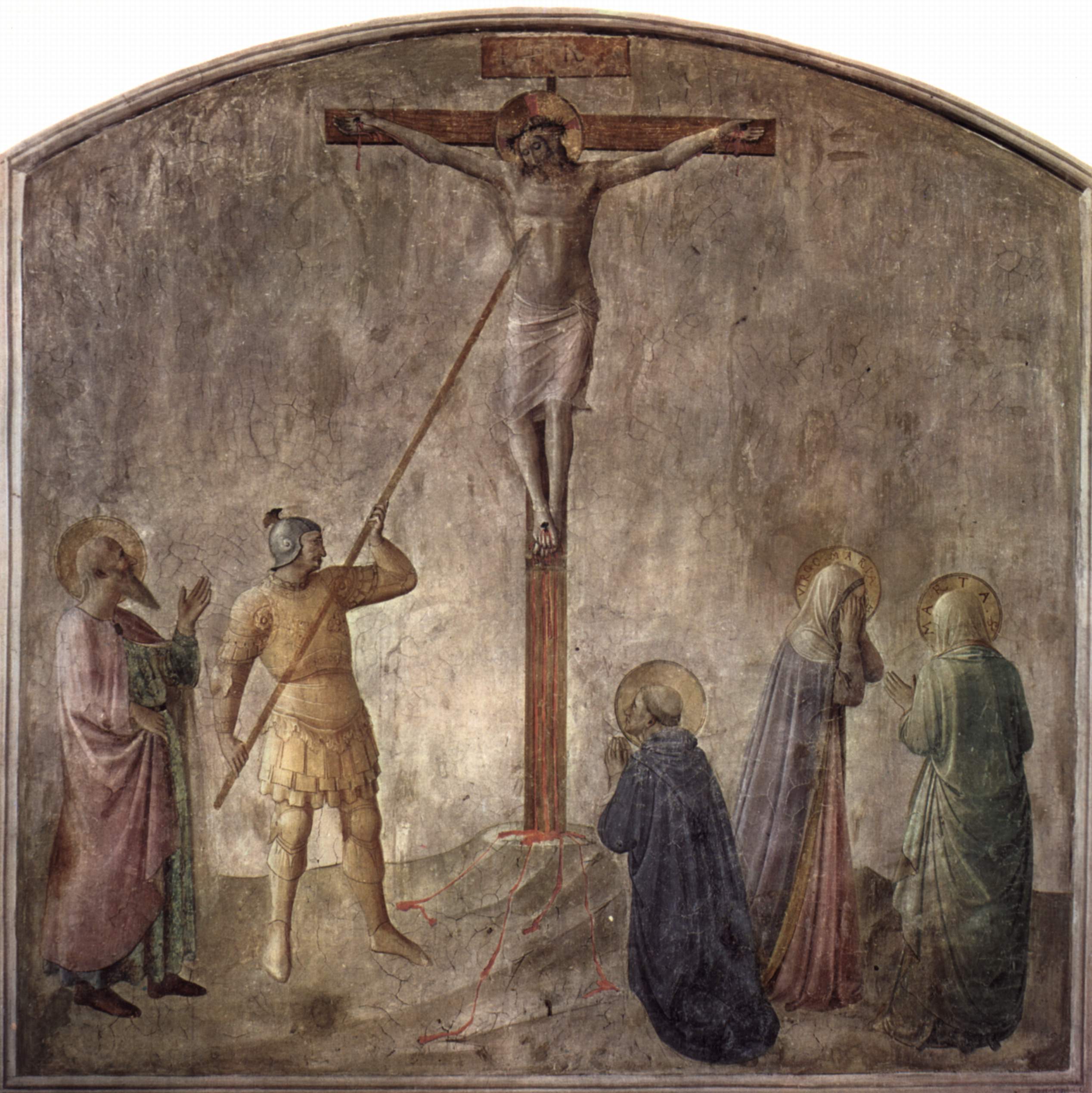|
The Shadow Dragons
''The Shadow Dragons'', released on October 27, 2009, is the fourth novel of '' The Chronicles of the Imaginarium Geographica'', a book series begun by ''Here, There Be Dragons''. It was preceded by ''The Indigo King'' and followed by '' The Dragon's Apprentice''. Synopsis In 1942, protagonists John ( J.R.R. Tolkien), Jack (C.S. Lewis), and Charles ( Charles Williams) return to the Archipelago of Dreams as the last stones of the Keep of Time fall, endangering the Cartographer ( Merlin)'s study and the inaccessible "future" door. As the second World War rages, the Imperial Cartological Society - led by writer/explorer Sir Richard Burton - rebuilds the Keep at the request of the animated shadow, called the 'Shadow King', of antagonist Mordred; whereupon the three protagonist Caretakers unite with past Caretakers (the Caretakers Emeritis) at Tamerlane House, built by Edgar Allan Poe in the Nameless Isles of the Archipelago. Rose Dyson, the Grail Child; Don Quixote; Archimedes the ... [...More Info...] [...Related Items...] OR: [Wikipedia] [Google] [Baidu] |
James A
James is a common English language surname and given name: *James (name), the typically masculine first name James * James (surname), various people with the last name James James or James City may also refer to: People * King James (other), various kings named James * Saint James (other) * James (musician) * James, brother of Jesus Places Canada * James Bay, a large body of water * James, Ontario United Kingdom * James College, a college of the University of York United States * James, Georgia, an unincorporated community * James, Iowa, an unincorporated community * James City, North Carolina * James City County, Virginia ** James City (Virginia Company) ** James City Shire * James City, Pennsylvania * St. James City, Florida Arts, entertainment, and media * ''James'' (2005 film), a Bollywood film * ''James'' (2008 film), an Irish short film * ''James'' (2022 film), an Indian Kannada-language film * James the Red Engine, a character in ''Thomas the Tank En ... [...More Info...] [...Related Items...] OR: [Wikipedia] [Google] [Baidu] |
Caliburn
Excalibur () is the legendary sword of King Arthur, sometimes also attributed with magical powers or associated with the rightful sovereignty of Britain. It was associated with the Arthurian legend very early on. Excalibur and the Sword in the Stone (the proof of Arthur's lineage) are not the same weapon, though in some modern incarnations they are either the same or at least share their name. In Welsh, it is called ''Caledfwlch''; in Cornish, ''Calesvol'' (in Modern Cornish: ''Kalesvolgh''); in Breton, ''Kaledvoulc'h''; and in Latin, ''Caliburnus''. Several similar swords and other weapons also appear in this and other legends. Forms and etymologies The name ''Excalibur'' ultimately derives from the Welsh Caledfwlch (and Breton ''Kaledvoulc'h'', Middle Cornish ''Calesvol''), which is a compound of ' "hard" and ' "breach, cleft". Caledfwlch appears in several early Welsh works, including the prose tale ''Culhwch and Olwen'' (c. 11th–12th century). The name was later used i ... [...More Info...] [...Related Items...] OR: [Wikipedia] [Google] [Baidu] |
Miguel De Cervantes
Miguel de Cervantes Saavedra (; 29 September 1547 (assumed) – 22 April 1616 Old Style and New Style dates, NS) was an Early Modern Spanish writer widely regarded as the greatest writer in the Spanish language and one of the world's pre-eminent novelists. He is best known for his novel ''Don Quixote'', a work often cited as both the first modern novel and one of the pinnacles of world literature. Much of his life was spent in poverty and obscurity, which led to many of his early works being lost. Despite this, his influence and literary contribution are reflected by the fact that Spanish is often referred to as "the language of Cervantes". In 1569, Cervantes was forced to leave Spain and move to Rome, where he worked in the household of a Cardinal (Catholic Church), cardinal. In 1570, he enlisted in a Spanish Marine Infantry, Spanish Navy infantry regiment, and was badly wounded at the Battle of Lepanto in October 1571. He served as a soldier until 1575, when he was captur ... [...More Info...] [...Related Items...] OR: [Wikipedia] [Google] [Baidu] |
Tycho Brahe
Tycho Brahe ( ; born Tyge Ottesen Brahe; generally called Tycho (14 December 154624 October 1601) was a Danish astronomer, known for his comprehensive astronomical observations, generally considered to be the most accurate of his time. He was known during his lifetime as an astronomer, astrologer, and alchemist. He was the last major astronomer before the invention of the telescope. An heir to several noble families, Tycho was well-educated. He took an interest in astronomy and in the creation of more accurate instruments of measurement. He worked to combine what he saw as the geometrical benefits of Copernican heliocentrism with the philosophical benefits of the Ptolemaic system, and devised the Tychonic system, his own version of a model of the universe, with the Sun orbiting the Earth, and the planets as orbiting the Sun. In ''De nova stella'' (1573), he refuted the Aristotelian belief in an unchanging celestial realm. His measurements indicated that "new stars" (''stellae ... [...More Info...] [...Related Items...] OR: [Wikipedia] [Google] [Baidu] |
Tamerlane (poem)
"Tamerlane" is a Poetry, poem by Edgar Allan Poe that follows a fictionalized accounting of the life of a Turkic peoples, Turkic conqueror historically known as Timur, Tamerlane. The poem was first published in the 1827 collection ''Tamerlane and Other Poems''. That collection, with only 50 copies printed, was not credited with the author's real name but by "A Bostonian". The poem's original version was 403 lines but trimmed down to 223 lines for its inclusion in ''Al Aaraaf, Tamerlane, and Minor Poems''. Synopsis The poem follows the life of a Turkic peoples, Turkic conqueror historically known as Timur, Tamerlane. The name is a Latinized version of "Timur Lenk", the 14th-century warlord who founded the Timurid Empire, though the poem is not a historical depiction of his life. Tamerlane ignores the young love he has for a peasant in order to achieve power. On his deathbed, he regrets this decision to create "a kingdom [in exchange] for a broken heart". The peasant is named Ada in ... [...More Info...] [...Related Items...] OR: [Wikipedia] [Google] [Baidu] |
Captain Nemo
Captain Nemo (; later identified as an Indian, Prince Dakkar) is a fictional character created by the French novelist Jules Verne (1828–1905). Nemo appears in two of Verne's science-fiction classics, ''Twenty Thousand Leagues Under the Seas'' (1870) and ''The Mysterious Island'' (1875). He also makes a brief appearance in a play written by Verne with the collaboration of Adolphe d'Ennery, '' Journey Through the Impossible'' (1882). Nemo is a mysterious figure. Though originally of unknown nationality, he is later described as the son of an Indian raja. A scientific visionary, he roams the depths of the seas in his submarine, the ''Nautilus'', which was assembled from parts manufactured in several different countries, then shipped to a cover address. The captain is consumed by a hunger for vengeance and hatred of imperialism; the British Empire is ultimately revealed as his main antagonist. Nemo has appeared in various film adaptations of Verne's novels, where he has been portra ... [...More Info...] [...Related Items...] OR: [Wikipedia] [Google] [Baidu] |
Spear Of Destiny
A spear is a pole weapon consisting of a shaft, usually of wood, with a pointed head. The head may be simply the sharpened end of the shaft itself, as is the case with fire hardened spears, or it may be made of a more durable material fastened to the shaft, such as bone, flint, obsidian, iron, steel, or bronze. The most common design for hunting or combat spears since ancient times has incorporated a metal spearhead shaped like a triangle, lozenge, or leaf. The heads of fishing spears usually feature barbs or serrated edges. The word ''spear'' comes from the Old English '' spere'', from the Proto-Germanic ''speri'', from a Proto-Indo-European root ''*sper-'' "spear, pole". Spears can be divided into two broad categories: those designed for thrusting as a melee weapon and those designed for throwing as a ranged weapon (usually referred to as javelins or darts). The spear has been used throughout human history both as a hunting and fishing tool and as a weapon. Along with the ... [...More Info...] [...Related Items...] OR: [Wikipedia] [Google] [Baidu] |
Dragon
A dragon is a reptilian legendary creature that appears in the folklore of many cultures worldwide. Beliefs about dragons vary considerably through regions, but dragons in western cultures since the High Middle Ages have often been depicted as winged, horned, and capable of breathing fire. Dragons in eastern cultures are usually depicted as wingless, four-legged, serpentine creatures with above-average intelligence. Commonalities between dragons' traits are often a hybridization of feline, reptilian and avian features. Scholars believe huge extinct or migrating crocodiles bear the closest resemblance, especially when encountered in forested or swampy areas, and are most likely the template of modern Oriental dragon imagery. Etymology The word ''dragon'' entered the English language in the early 13th century from Old French ''dragon'', which in turn comes from la, draconem (nominative ) meaning "huge serpent, dragon", from Ancient Greek , (genitive , ) "serpent, giant s ... [...More Info...] [...Related Items...] OR: [Wikipedia] [Google] [Baidu] |
Arthur Pendragon
King Arthur ( cy, Brenin Arthur, kw, Arthur Gernow, br, Roue Arzhur) is a legendary king of Britain, and a central figure in the medieval literary tradition known as the Matter of Britain. In the earliest traditions, Arthur appears as a leader of the post-Roman Britons in battles against Saxon invaders of Britain in the late 5th and early 6th centuries. He appears in two early medieval historical sources, the ''Annales Cambriae'' and the ''Historia Brittonum'', but these date to 300 years after he is supposed to have lived, and most historians who study the period do not consider him a historical figure.Tom Shippey, "So Much Smoke", ''review'' of , ''London Review of Books'', 40:24:23 (20 December 2018) His name also occurs in early Welsh poetic sources such as ''Y Gododdin''. The character developed through Welsh mythology, appearing either as a great warrior defending Britain from human and supernatural enemies or as a magical figure of folklore, sometimes associated wit ... [...More Info...] [...Related Items...] OR: [Wikipedia] [Google] [Baidu] |
Roger Bacon
Roger Bacon (; la, Rogerus or ', also '' Rogerus''; ), also known by the scholastic accolade ''Doctor Mirabilis'', was a medieval English philosopher and Franciscan friar who placed considerable emphasis on the study of nature through empiricism. In the early modern era, he was regarded as a wizard and particularly famed for the story of his mechanical or necromantic brazen head. He is sometimes credited (mainly since the 19th century) as one of the earliest European advocates of the modern scientific method, along with his teacher Robert Grosseteste. Bacon applied the empirical method of Ibn al-Haytham (Alhazen) to observations in texts attributed to Aristotle. Bacon discovered the importance of empirical testing when the results he obtained were different from those that would have been predicted by Aristotle. His linguistic work has been heralded for its early exposition of a universal grammar, and 21st-century re-evaluations emphasise that Bacon was essentially a medi ... [...More Info...] [...Related Items...] OR: [Wikipedia] [Google] [Baidu] |
Tin Woodman
Nick Chopper, the Tin Woodman, also known as the Tin Man or—mistakenly—the "Tin Woodsman," is a character in the fictional Land of Oz created by American author L. Frank Baum. Baum's Tin Woodman first appeared in his classic 1900 book ''The Wonderful Wizard of Oz'' and reappeared in many other subsequent Oz books in the series. In late 19th-century America, men made out of various tin pieces were used in advertising and political cartoons. Baum, who was editing a magazine on decorating shop windows when he wrote ''The Wonderful Wizard of Oz'', was reportedly inspired to invent the Tin Woodman by a figure he had built out of metal parts for a shop display. Character In ''The Wonderful Wizard of Oz'', Dorothy Gale befriends the Tin Woodman after they find him rusted in the forest, as he was caught in rain, and use his oil can to release him. He follows her to the Emerald City to get a heart from The Wizard. They are joined on their adventure by the Scarecrow and the Cowardly ... [...More Info...] [...Related Items...] OR: [Wikipedia] [Google] [Baidu] |
Lance Of Longinus
The Holy Lance, also known as the Lance of Longinus (named after Saint Longinus), the Spear of Destiny, or the Holy Spear, is the lance that pierced the side of Jesus as he hung on the cross during his crucifixion. Biblical references The lance ( el, λόγχη, ) is mentioned in the Gospel of John, but not the Synoptic Gospels. The gospel states that the Romans planned to break Jesus' legs, a practice known as , which was a method of hastening death during a crucifixion. Because it was the eve of the Sabbath (Friday sundown to Saturday sundown), the followers of Jesus needed to "entomb" him because of Sabbath laws. Just before they did so, they noticed that Jesus was already dead and that there was no reason to break his legs ("and no bone will be broken"). To make sure that he was dead, a Roman soldier (named in extra-Biblical tradition as Longinus) stabbed him in the side. Liturgical re-enactments The phenomenon of blood and water was considered a miracle by Origen. ... [...More Info...] [...Related Items...] OR: [Wikipedia] [Google] [Baidu] |









